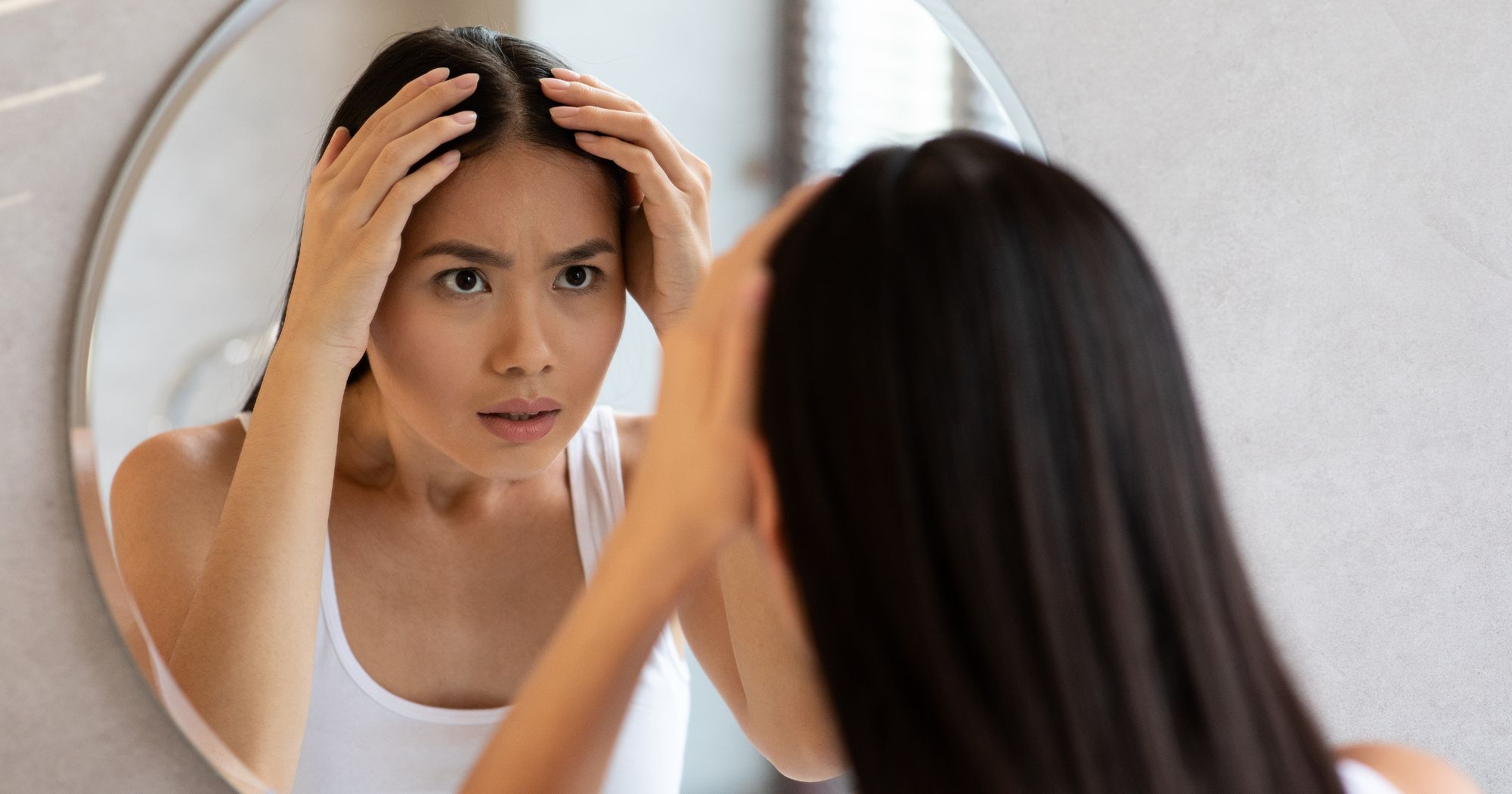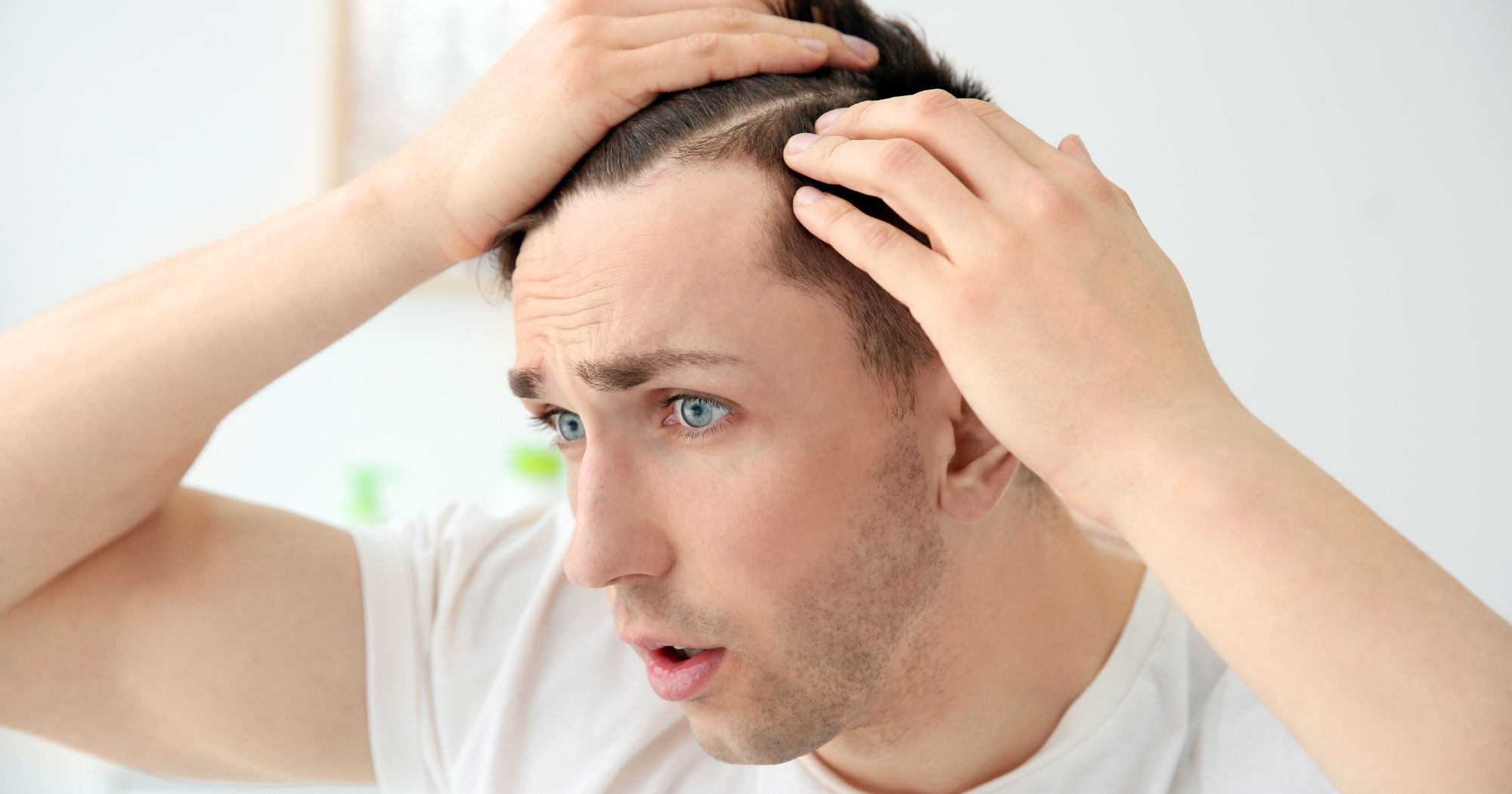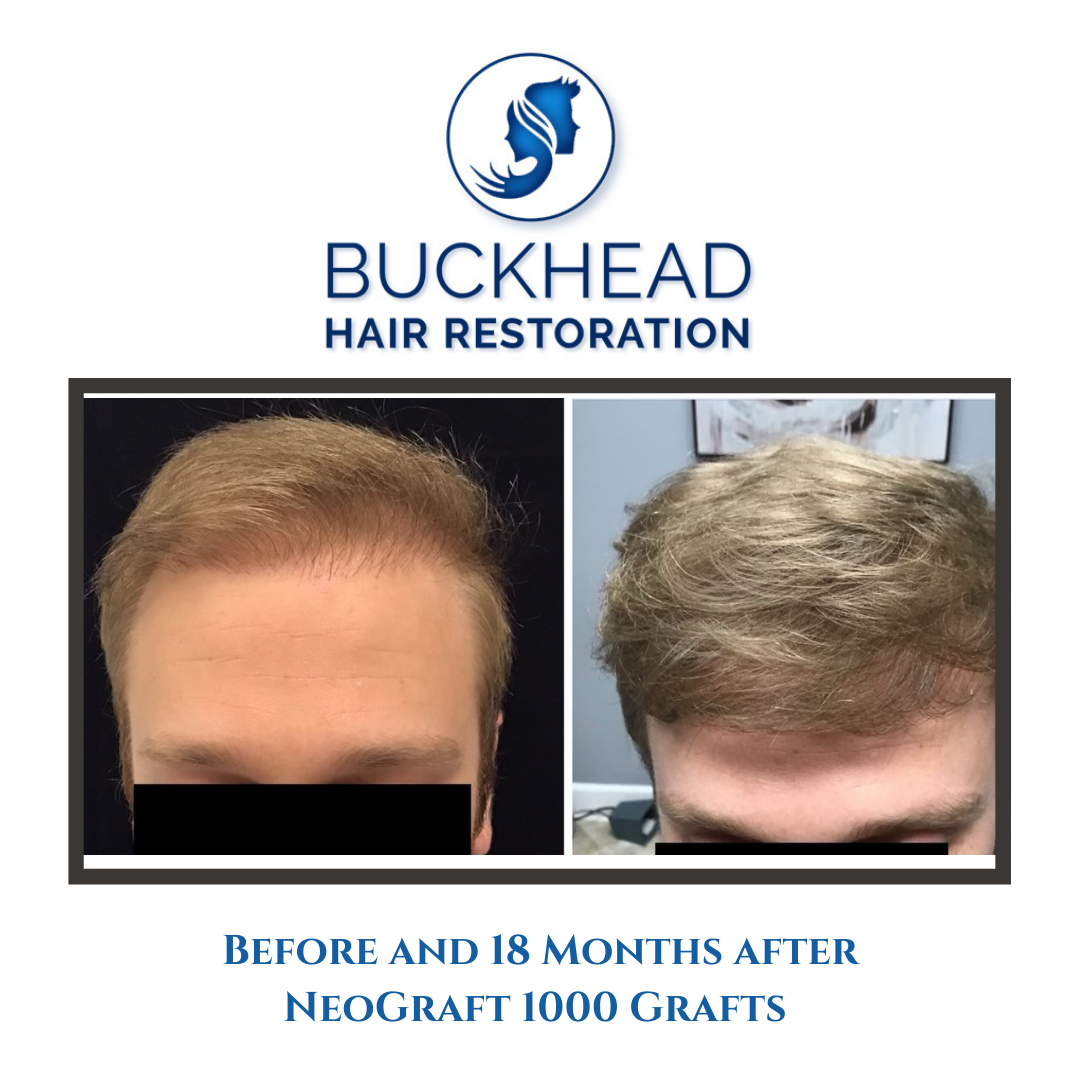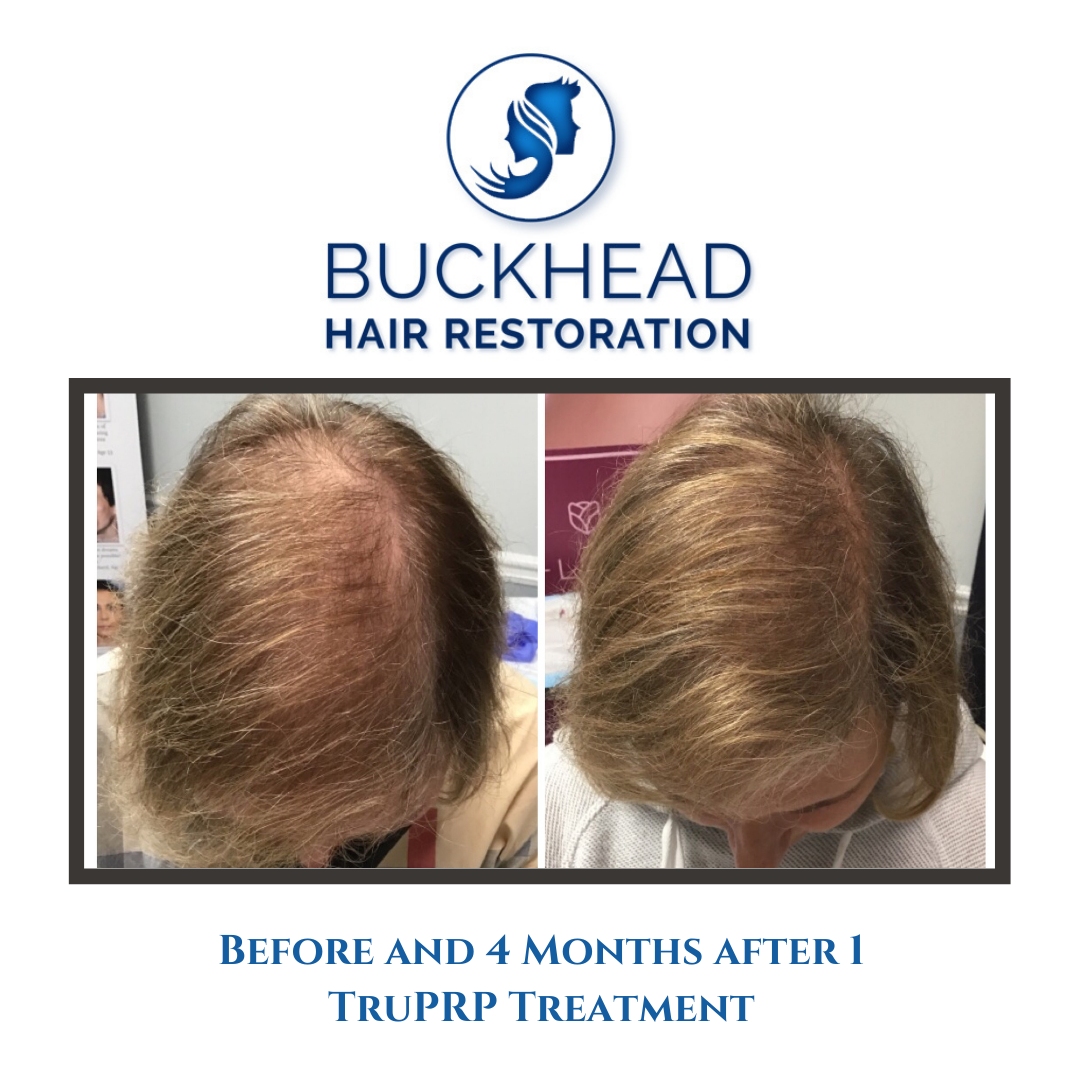Top Causes of Hair Thinning in Men and Women — and What to Do About It

Understanding the “why” behind your hair loss is the first step toward getting real results.
If you’ve noticed more hair in the shower drain, thinning near your part, or your once-thick ponytail shrinking, you’re not imagining it—and you’re definitely not alone.
Hair thinning affects millions of men and women, often starting as early as the 20s and becoming more noticeable in your 30s, 40s, and beyond. But here’s what most people don’t realize:
Hair loss is not always about genetics.
There are multiple reasons your hair could be thinning—and many of them are treatable.
At Buckhead Hair Restoration, we take a comprehensive, personalized approach to diagnosing and treating hair thinning. Instead of offering cookie-cutter solutions, we help you understand why it’s happening—and what you can do to fix it.
Let’s dive into the top causes of hair thinning in both men and women—and the proven treatments that can help you reclaim your confidence.
- Genetics (Androgenetic Alopecia)
Yes, genes play a role. Male and female pattern baldness—known as androgenetic alopecia—is the most common cause of hair loss, especially in adults over 30.
In men, this often shows up as a receding hairline or thinning crown. In women, it may appear as overall thinning, especially around the part line.
💡 What to do:
Genetic hair loss can’t be reversed with shampoo or drugstore products—but medical treatments like FUE transplants, PRP therapy, and prescription-strength topicals can dramatically slow, stop, or even reverse the process.
- Hormonal Imbalances
Fluctuations in hormones—especially estrogen, progesterone, and thyroid hormones—can disrupt the hair growth cycle. This is especially common during:
- Pregnancy or postpartum
- Perimenopause and menopause
- Thyroid conditions
- PCOS (Polycystic Ovary Syndrome)
💡 What to do:
We often collaborate with patients’ primary care doctors or run our own labs to identify imbalances. Once diagnosed, bioidentical hormone therapy (BHRT), nutritional support, and targeted hair treatments can restore your hair’s growth phase.
- Stress (Yes, It’s a Big One)
Emotional or physical stress can cause a condition called telogen effluvium, where large numbers of hair follicles prematurely shift into the shedding phase.
Stress-related hair loss can happen after the stressor—such as illness, surgery, or a major life event—and may not be noticeable until 2–3 months later.
💡 What to do:
We’ll help you identify whether stress is a likely cause and support regrowth through PRP therapy, microneedling, and customized regrowth protocols. The good news? Telogen effluvium is usually temporary—with the right care.
- Nutritional Deficiencies
Your hair needs fuel to grow. Lacking essential nutrients like iron, zinc, B12, protein, and vitamin D can significantly impact your scalp health and follicle strength.
Crash dieting, gut issues, or restrictive eating habits often lead to thinning—even with no family history of hair loss.
💡 What to do:
We offer nutritional testing and supplementation guidance, along with medical-grade topicals and in-office treatments to stimulate new growth while your body rebalances.

- Scalp Conditions or Inflammation
Chronic dandruff, scalp psoriasis, seborrheic dermatitis, or even product buildup can interfere with healthy hair growth. If your scalp feels itchy, flaky, or inflamed, it could be sabotaging your follicles.
💡 What to do:
We perform scalp assessments and use treatments like scalp detox therapy, microneedling, and medicated products to reduce inflammation and restore a healthy environment for growth.
- Overstyling & Heat Damage
Frequent coloring, bleaching, tight ponytails, extensions, and hot tools can lead to traction alopecia or breakage-induced thinning. While this damage is external, it still affects the hair’s appearance and strength.
💡 What to do:
We’ll assess your styling habits and help you shift toward healthier practices. In some cases, scalp treatments and PRP can jumpstart recovery.
- Medications & Medical Conditions
Some medications—including those for acne, blood pressure, depression, or chemotherapy—can trigger thinning. Autoimmune diseases like lupus or alopecia areata also contribute to patchy hair loss.
💡 What to do:
If medication is the cause, we’ll work with your physician to explore options, while offering treatments to support regrowth and minimize the impact. SMP (scalp micropigmentation) is also a great non-surgical solution for camouflaging areas of loss.

How Buckhead Hair Restoration Can Help
We believe that hair loss is personal—and so is your treatment. At Buckhead Hair Restoration, you’ll never be handed a generic product and sent on your way. Instead, you’ll receive:
✅ A full diagnostic consultation with an expert provider
✅ Custom treatment recommendations based on YOUR root cause
✅ Access to the latest techniques, including FUE, PRP, BHRT, and more
✅ Emotional support throughout your journey
✅ Discreet, judgment-free care from people who genuinely get it
Traveling from Out of Town? We’ve Got You.
Many of our patients come from outside Atlanta—and we’re proud to offer travel accommodations and planning assistance to make your visit seamless.
We’ll help you with:
- Nearby hotel recommendations
- Transportation tips and airport guidance
- Scheduling multiple services during your stay
- Virtual follow-ups so you can heal at home with confidence
You don’t have to be local to receive world-class care. If you’re ready to get answers—and solutions—we’re here for you, wherever you’re coming from.
Don’t Wait for It to Get Worse. Take Control Today.
Hair thinning may be common, but that doesn’t mean it’s untreatable. Whether your hair is just starting to thin or you’ve been dealing with it for years, you have options that work.
👉 Click here to schedule your private consultation with Buckhead Hair Restoration
Let’s uncover the cause—and start your journey back to fuller, healthier hair.


Explore More Hair Restoration Resources:
Request your FREE Consultation here:
"*" indicates required fields









